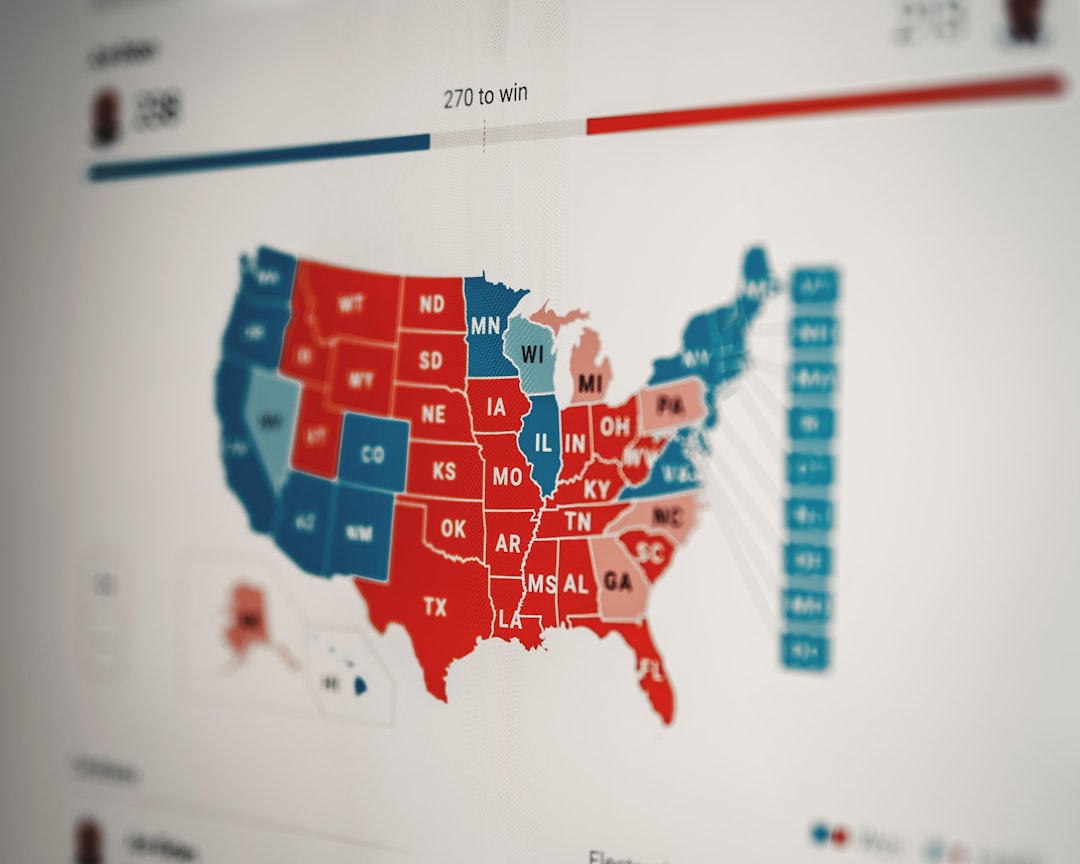America: A Comprehensive Overview
The United States of America, colloquially known as “America” or "the U.S.", stands as one of the most influential countries in global politics, economics, culture, and technology. Spanning a diverse geographical landscape and home to a mosaic of cultures and peoples, America’s story is one of continuous evolution, ambition, and resilience. This article will provide an in-depth look at the history, geography, political structure, economy, demographics, culture, and global influence of the United States. Tables are included for reference and clarity.
1. Historical Background
Pre-Colonial and Colonial Era
Long before European settlers arrived, the land that would become the United States was inhabited by a multitude of Indigenous peoples with distinct languages, cultures, and societies. European colonization began in the 16th century with the arrival of explorers from Spain, France, England, and the Netherlands.
| Major Colonial Powers | Key Regions Colonized | Approximate Time Period |
|---|---|---|
| Spain | Florida, Southwest, West | 1500s - 1800s |
| France | Louisiana, Midwest | 1600s - 1763 |
| England | East Coast (13 Colonies) | 1607 - 1776 |
| Netherlands | New York area | 1624 - 1664 |
Birth and Growth
The United States declared independence from Britain in 1776, following decades of colonial tension, and adopted the Constitution in 1787. The nation rapidly expanded westward, acquiring territories through purchase, negotiation, and conflict.
2. Geography and Environment
The United States is the third largest country in the world by area, covering approximately 9.8 million square kilometers.
| Geographic Feature | Description |
|---|---|
| Mountain Ranges | Rockies, Appalachians, Sierra Nevada |
| Major Rivers | Mississippi, Missouri, Colorado, Rio Grande |
| Climate Zones | Temperate, Tropical (Florida, Hawaii), Polar (Alaska), Arid (Southwest) |
| Highest Point | Denali (Mount McKinley), Alaska - 6,190 m (20,310 ft) |
| Major National Parks | Yellowstone, Grand Canyon, Yosemite |
3. Political System
Federal Structure
America is a federal republic composed of 50 states, a federal district (Washington, D.C.), and several territories.
| Branch | Details |
|---|---|
| Executive | President, Vice President, Cabinet |
| Legislative | Congress (Senate and House of Representatives) |
| Judicial | Supreme Court and other federal courts |
The following table summarizes the separation of powers:
| Branch | Primary Responsibility | Key Office(s) |
|---|---|---|
| Executive | Enforces laws | President, VP, Cabinet |
| Legislative | Makes laws | Congress (Senate, House) |
| Judicial | Interprets laws | Supreme Court |
4. Economy
The U.S. is the world’s largest economy, characterized by diverse industries, a high GDP, and global financial influence.
| Economic Metric | Data (as of 2023) |
|---|---|
| GDP (Nominal) | ~$26 trillion USD |
| GDP per Capita | ~$78,000 USD |
| Unemployment Rate | ~3.7% |
| Major Industries | Technology, Finance, Healthcare, Manufacturing, Agriculture |
Table: Top 5 U.S. States by GDP (2023)
| Rank | State | GDP (Trillion USD) |
|---|---|---|
| 1 | California | 3.7 |
| 2 | Texas | 2.5 |
| 3 | New York | 2.1 |
| 4 | Florida | 1.5 |
| 5 | Illinois | 1.0 |
5. Demographics
The U.S. population is approximately 340 million (2023). It is renowned for its diversity, shaped by waves of immigration over centuries.
U.S. Population by Ethnic Group
| Group | Percentage* |
|---|---|
| White (non-Hispanic) | 58% |
| Hispanic/Latino | 19% |
| Black/African American | 13% |
| Asian | 6% |
| Native American | 1% |
| Two or More Races | 3% |
*Estimates, rounding may cause totals to exceed 100%.
Largest Cities
| City | Population* (Metro Area) |
|---|---|
| New York, NY | 19.7 million |
| Los Angeles, CA | 13.2 million |
| Chicago, IL | 9.5 million |
| Dallas, TX | 7.8 million |
| Houston, TX | 7.2 million |
(*Approximate, 2023.)
6. Culture
America is a crucible of cultures, having absorbed influences from around the globe. It is a leader in music, film, sports, and technology. Some key points:
- Music: Birthplace of jazz, blues, hip-hop, country, rock and roll.
- Film: Hollywood is the world's largest entertainment industry hub.
- Food: Known for regional specialties (barbecue, Tex-Mex, New England seafood, Southern cooking) and global cuisines.
- Sports: American football, baseball, basketball, and ice hockey are widely followed. The U.S. also has a burgeoning soccer culture.
7. International Influence
The U.S. wields significant diplomatic, military, and economic power. As a founding member of the United Nations, NATO, and other key international organizations, it shapes global policy and humanitarian aid.
U.S. Global Presence
| Aspect | Details |
|---|---|
| Military | Largest global presence; major NATO ally; many overseas bases |
| Economy | World’s leading importer and exporter; USD is the global reserve currency |
| Technology | Silicon Valley as world’s innovation hub |
| Education | Hosts many of the world’s top universities (e.g., Harvard, MIT, Stanford) |
8. Challenges and Outlook
America faces challenges such as political polarization, healthcare inequality, racial tensions, climate change, and economic shifts. Its strengths — innovation, diversity, democratic institutions — position it to continually adapt and lead on the global stage.
Conclusion
The United States is a nation that epitomizes diversity, dynamism, and the pursuit of progress. Its profound impact on the world, internally complex society, and ongoing challenges make it a fascinating subject for study and understanding. As the world changes, America’s evolution continues to capture the attention of observers at home and abroad.
References
(Here, one would usually list current government, census, and international data sources, as well as historical and cultural resources.)
